The Eighth Original Writing Competition
Senior High School Group
Platinum Award
Written by Fu Bin,
Cangxi Vocational Senior High School, Sichuan Province
Date: October, 2020
Grassy areas are ubiquitous in Sichuan. Grass is as close as in the yard of your house and in the pathways between fields and as far as in distant valleys and mountain woodlands. Sedge grass is one of the oldest and dearest companions of the people in my hometown. Since ancient times, its residents have relied upon this land and its grassy bounty, creating in the process a life brimming with vim and vigor.
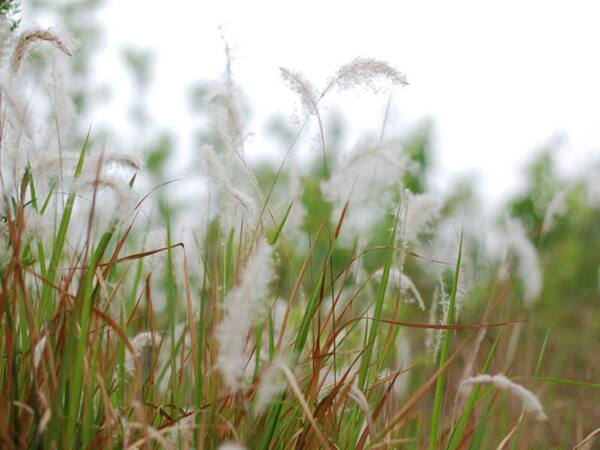
Sedge grass, sedge grass, oh so tall; sending your tufts to flight every fall.
- White Crane children’s song
In spring, barren land gives way to delicate yet stiff sedge shoots that, at a casual glance, can be easily mistaken for the tips of young bamboo shoots. As they grow slowly skyward, they unfurl an array of leaves that are freshly green and about the width of a finger. With time, these grasses grow larger and more luxuriant, ultimately coming together into a dense wall of green.
At the break of dawn, when the first cock crows and I still want to continue dreaming, calls from my Grandma pry me reluctantly from my slumber to accompany her into the hills – she to tend her fields and me to lead our family cow to the highland terraces.
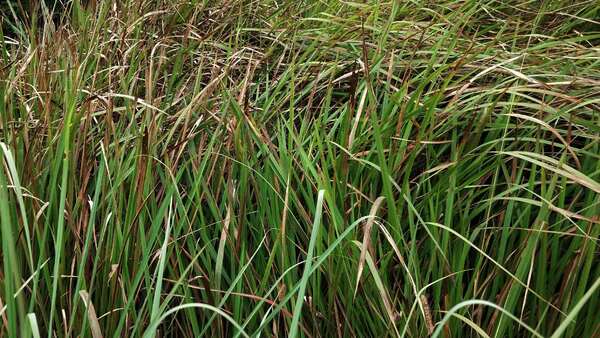
Spring beginnings, Autumn endings
Our cow loves grazing on tender young sedge shoots, wrapping its tongue midriff around a grassy clump, pulling it mouth-ward, and chomping it into bits – a delicious meal. The cow’s chewing is a soothingly familiar sound. The already grazed areas are completely bereft of their grassy stands, with only short stalks remaining. The smell of cut grass wafts through the early morning air. A deep breath sends its inviting aroma to all of my waiting senses, thoroughly invigorating me from head to toe.
A walk through these fields in summer leads me into a mountainous landscape of verdant green. The wind sets waves in motion, undulating across an emerald sea. I wade into a luxuriant meadow and find a spot to lie down, ‘bathing’ in the gentle breeze, breathing in its grassy fragrance, and listening to the grassland rustle. This is truly one of life’s best moments.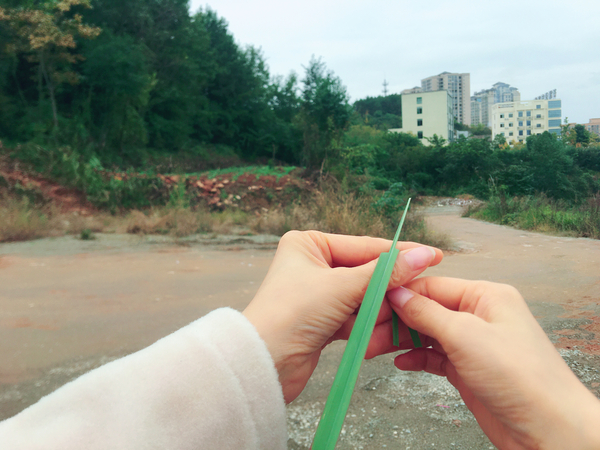
Summer sedge also gave me something to show off to my friends. Taking one sedge leaf, I would remove the tender surface halfway down its stem, then hold the stem with my index finger. I’d then bend two other leaves with my index finger, pull, and send the stem flying like an arrow into the air.
With the coming of autumn, sedge grass prepares to release its gossamer seeds into the wind. A long stem protrudes from every stalk, each capped with a billowy cluster of ‘cotton’ that holds a myriad of seeds. Windy gusts spread these sends in all directions, near and far, ready to write the next chapter in the sedge grass story.
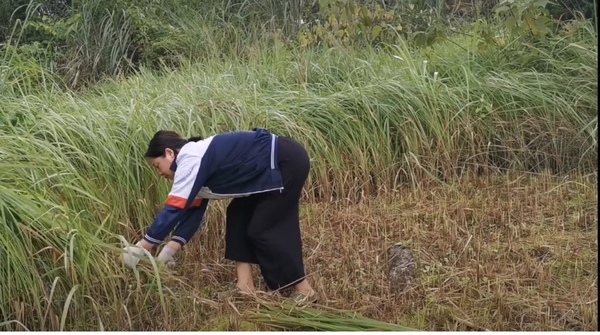
Its progeny now safely away, sedge starts to wither and dry. Its eye-catching green fades to sandy brown. This is when many in the village, including Grandma, set out to harvest these stalks. I accompanied her into the fields then too, playing by her side and resting on beds of freshly cut straw. Playful to a fault, I once tried to make my signature sedge ‘arrow’ with autumn sedge. But the stems were much stiffer than in the summer and, when I pulled, it gave me a painful cut on my finger. As I bawled inconsolably, Grandma pinched my wounded finger, gave it a gentle blow of air, and chanted a little ditty: “Sesame king, Drin king king. Tipsy, tipsy, bite your hand …”
I don’t know why, but hearing Grandma’s song made me burst into laughter, and the pain quickly vanished.
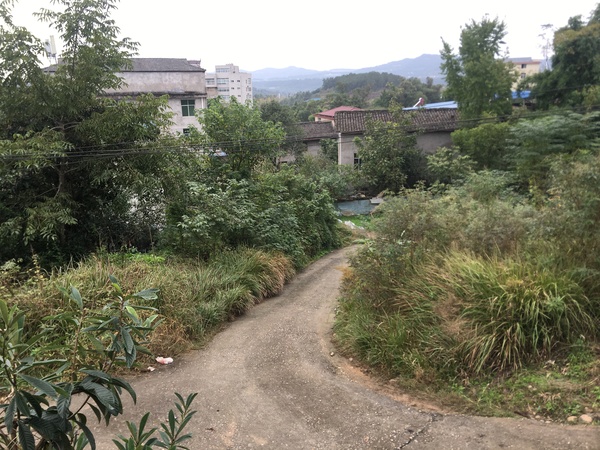
Late in the afternoon, Grandma took my hand and we headed for home, her back loaded high with straw. As we walked, the air echoed with the words “Sesame king, Drin king king. Tipsy, tipsy, bite your hand” interspersed with my appreciative, chortling laughter.
Back at home, the straw was dried and separated into two piles.
One of the piles was set aside for making repairs to the ‘stove house’. Back then, it was popular with many in our village to build a small room against the house for the kitchen stove. “Come in friends, sit right down, let’s eat fruit in the straw lean-to” was a popular childhood song of ours. We’d hold hands, form a circle, dance exuberantly, and warble away in our youthful, melodious voices. Grandma, holding a basket, would sit outside the stove house, washing vegetables and casting sparkling smiles our way.
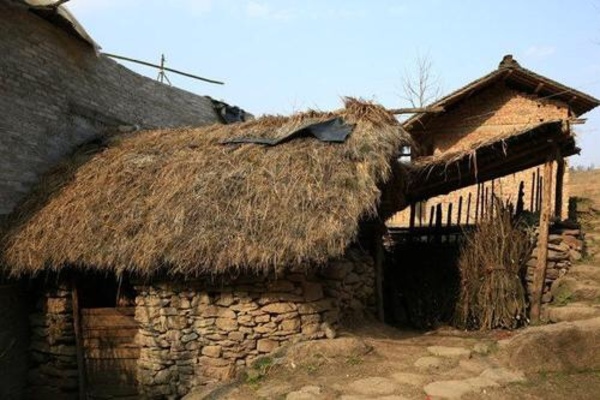
The second pile of straw was delivered straight to the barn and stored in the loft. It would be kept in reserve, ready to feed the family cow over the coming winter.
Although its stems and leaves are now spent and withered, sedge remains securely rooted in mountain soils, prepared to wait out the cold winter and emerge anew in the spring.
Time ineffably changes all in its path. In my family’s hometown now, the once-so-familiar children’s songs about sedge grass no longer ring through the hills. The stove houses covered in sandy-brown sedge have disappeared as well. Even those sedge-hungry cows of my youth are now few and far between. My eyes brim with tears, tinged with nostalgic regret. I am consoled only by the familiar sight of endless fields of emerald-green sedge waving to me in the wind, extending from my Grandma’s grave up into the mountains beyond.
Reviewer 1
The author has written a deftly crafted work around the humble and easily overlooked, yet familiar facet of rural life, sedge grass.
Reviewer 2
For some, sedge is an invasive weed threatening productive farmland that deserves to be dug up or sprayed with pesticides. Moreover, houses with sedge-straw roofs are often derided as symbols of poverty. However, the author here, in a narrative flowing with love, beauty, vivacity, and warmth, has recast sedge as a symbol of goodness and beauty and as a companion and friend of the farmer. More than the beauty of sedge, this story is about beauty within the heart. With a beautiful heart, all can be beautiful!
